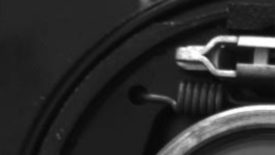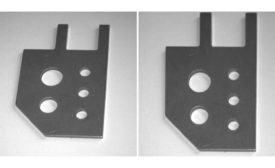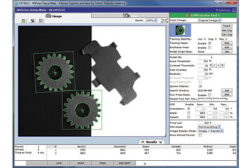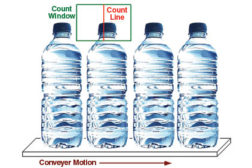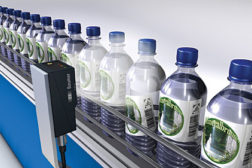Home » Keywords: » image analysis
Items Tagged with 'image analysis'
ARTICLES
Vision & Sensors | Image Analysis
Neural net machine vision image analysis has made rapid advances in recent years.
Vision & Sensors | Interfaces
CoaXPress 2.0 – The Standard in Industrial Image Processing for Demanding Applications
The Newly Developed CoaXPress 2.0 Standard will Increase the Performance of Your Vision System With Twice the Data Rate.
July 6, 2021
Vision & Sensors | Machine Vision 101
Image Analysis 101: The Role of Artificial Intelligence
A Growing Number of Manufacturers are Using Deep Learning Tools, a Subset of Artificial Intelligence, to Reduce Waste and Improve production. But, Experts Say, Some of it is Just Hype.
July 6, 2021
Several Common Image Analysis Software Tools in Machine Vision
There are many different ways that an image can be distorted.
September 1, 2020
Image Analysis for Machine Vision
IT IS THE PART OF MACHINE VISION WHERE THE BULK OF THE ACTUAL “WORK” TAKES PLACE.
September 11, 2014
Vision & Sensors - Image Analysis
Encoder Input Improves Part Inspection
Adding an encoder to provide a distance-based input trigger can eliminate automated inspection errors.
May 8, 2013
Stay in the know with Quality’s comprehensive coverage of
the manufacturing and metrology industries.
eNewsletter | Website | eMagazine
JOIN TODAY!Copyright ©2024. All Rights Reserved BNP Media.
Design, CMS, Hosting & Web Development :: ePublishing
